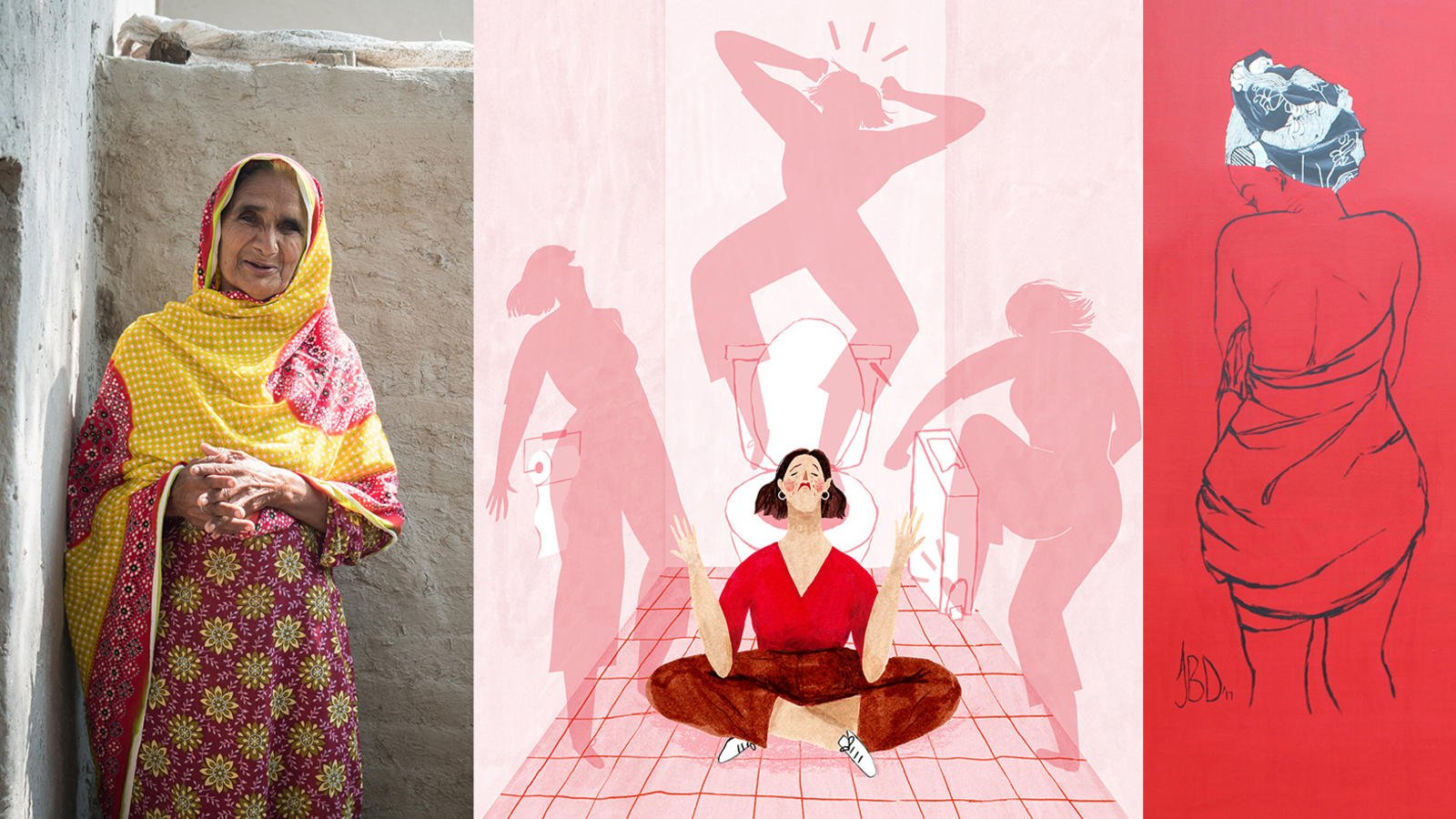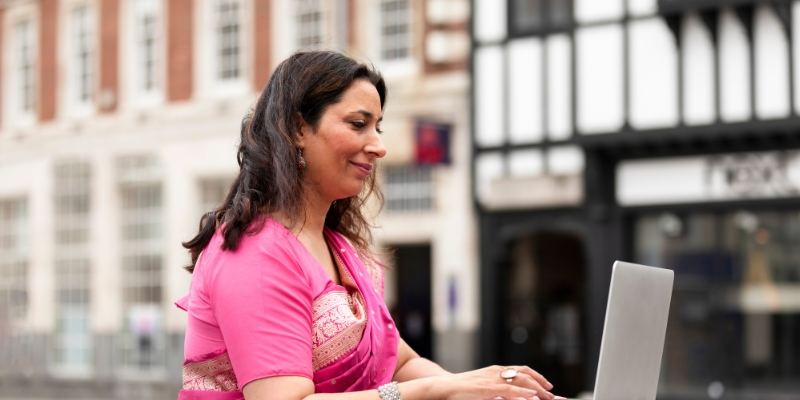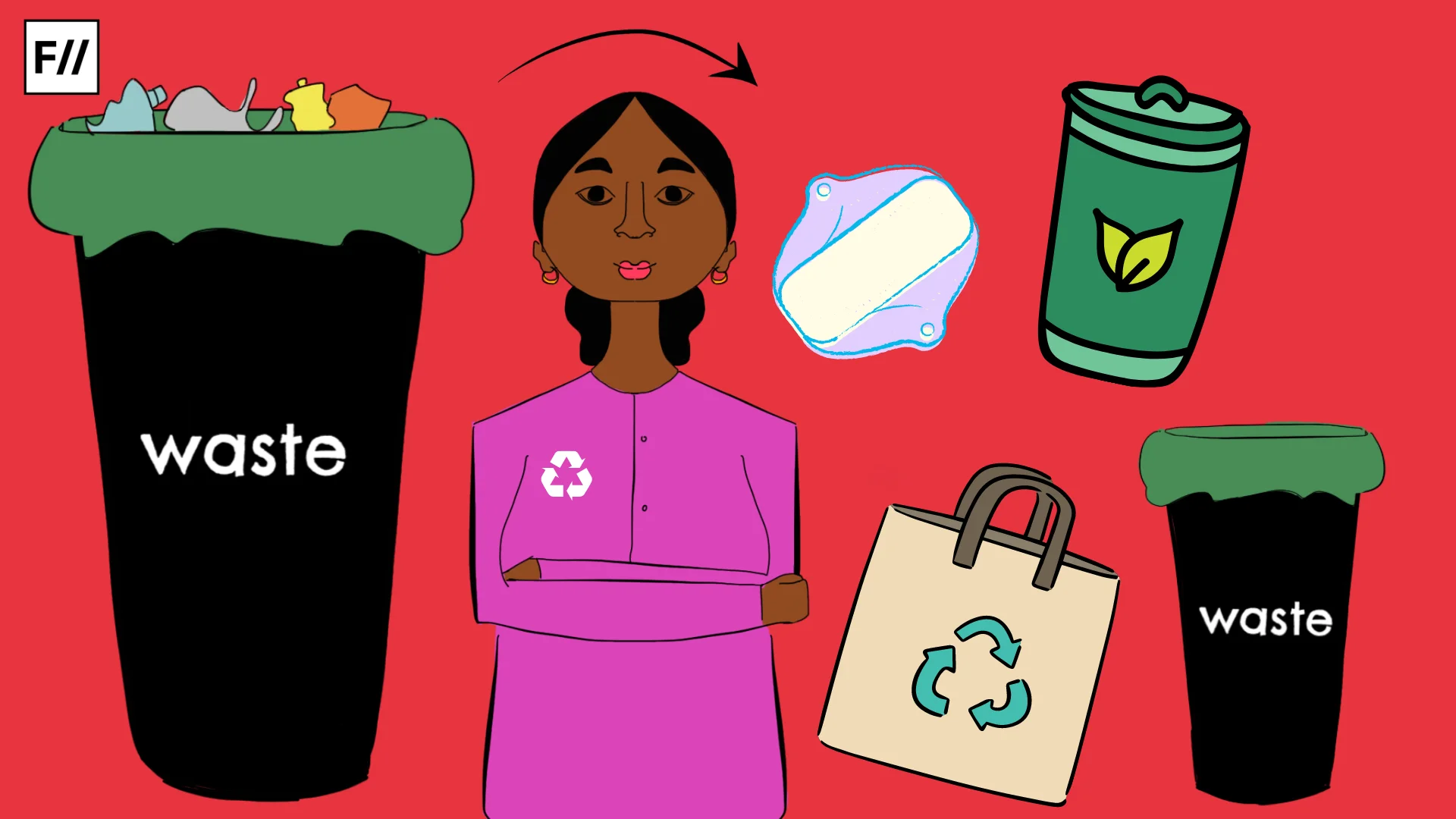After years of being shrouded, under-recognized and shamed, menstruation is finally being talked about. What seemed like a tedious struggle against all forces misogynistic has been able to bear fruit through the efforts of these agents of change—NGOs, activists, the state (recently), and countless women who have borne the brunt of society. A grand public narrative on menstruation has successfully come to the fore—one which includes an impetus of transformation and resistance towards the status-quo.
What remains central to this narrative is the sanitary pad as a motif of revolutionising periods in the country. It is no longer a mere absorbent but a symbol of periods. The pad is the poster-boy for periods in our society, making it the most commonly used menstrual hygiene product in India.
Popular culture has often advertised it as an object that will change the fate of poor, distressed women. Thanks to the blockbuster movie Padman, India received the following message—periods are natural and normal. But this happened at the risk of showing the sanitary pad as a messiah, here to save the many lives of females labouring the weight of shame, social norms, bad hygiene and infections on their shoulders. To top it all, the fat cats came in to start a grand marketing rhetoric.
The sheer availability of the commodity—irrespective of its various shortcomings—says something: that we love the pad. Sure, it’s ergonomic and accessible. It is also madly distributed by health authorities and vending machines (the countable few). One can find it a mere drop of a hat, at the nearest grocery shop, supermarket or pharmacies (in a double-layered newspaper with a side of misogyny). Each woman has used pads for at least a good chunk of her menstruating years. This is despite the initial rise of the tax levied and the subsequent public sentiment of discontentment. We are a creature of habit.
Popular culture has often advertised it as an object that will change the fate of poor, distressed women. Thanks to the blockbuster movie Padman, India received the following message—periods are natural and normal. But this happened at the risk of showing the sanitary pad as a messiah, here to save the many lives of females labouring the weight of shame, social norms, bad hygiene and infections on their shoulders. To top it all, the fat cats came in to start a grand marketing rhetoric.
Then why the urgent need to adapt to a better alternative?
One word: sustainability.
It is no news that sanitary pads are a menace to the environment. In a country with a non-existent solid waste management system and rising landfills, the popularity of sanitary pads speaks volumes of our attitude towards the environment. It continues to be manufactured, sold, bought and encouraged.
Using cloth—contrary to the popular yet misinformed belief—is a wonderful and sustainable method of managing periods, mainly used by women of the older generation. The cloth is disregarded in the face of a relentless glorification of the pad, which is shown as a ‘medicinal’ alternative to the older method that was ridden with infections and diseases. What remains to be lesser known is that the usage of cloth has only become problematic due to social stigma which prohibits women from drying their menstrual cloth in the sun after being washed—for proper disinfection—in order to be reused until the cloth loses its soaking capacity. So, a good and clean piece of cotton cloth will do just the job and then some more.
Also read: #UnlockAccessInLockdown: Periods In The Times Of Lockdown
Yes, there is a bit of an upsurge created by newer more sustainable alternatives. Period panties, cloth pads, biodegradable pads—all are posing as new choices for consumers looking to switch from the ‘whisper’-ing. Although sustainable, these products remain limited to a small, more urbane chunk of the population. Grossly restricted to retailing platforms online and a few outlets, these products are not quite taking off with the masses who remain to be ardent pad manics. It’s almost as if consumers are refusing to acknowledge these alternatives, because that would mean a realisation and a subsequent change in choice.
Using cloth—contrary to the popular yet misinformed belief—is a wonderful and sustainable method of managing periods, mainly used by women of the older generation. The cloth is disregarded in the face of a relentless glorification of the pad, which is shown as a ‘medicinal’ alternative to the older method that was ridden with infections and diseases. What remains to be lesser known is that the usage of cloth has only become problematic due to social stigma which prohibits women from drying their menstrual cloth in the sun after being washed—for proper disinfection—in order to be reused until the cloth loses its soaking capacity.
But other than being environmentally hazardous, pads are also a commodity that satisfies the patriarchal ego of the society, quite implicitly. Take the menstrual cup, for instance, it’s a revolutionary innovation that could put a complete halt to the unending problem of menstrual waste. It’s highly economic and could last for a decade if used with proper care. But given the social beliefs around virginity in the society, the cup is still to gain its truly deserved stardom. You see, any object that is insertable for women’s vaginal use is automatically tabooed because we believe that only one thing can penetrate the vagina. The taboo denies even the urban and educated from making the transition to the cup. Here too, the pad wins the day.
Enters (truthful) cliché: we need to change. What we need firstly is to understand that the pad is a mere absorbent, and a dooming one at that. The pad should not be defining a process so integral to a woman’s life. Secondly, to increase awareness amongst the masses who for the lack of the will to change will not look at alternatives. Third and most importantly is a call to gather momentum to understand periods and period poverty in order to change this biased narrative on menstruation that is singularly benefitting the multi-million pad manufacturing industry.
Also read: Green Your Periods! Taboos, Health And Environment
Periods in this country are symbolic of prejudices and structural violence against women. To deal with the issue is not to simply hand out pads to women. It is to address the inveterate attitudes of sexism and violence that make periods such a distressing experience. It is to tackle the deep-rooted misogyny at the hands of which, misinformation is spread like wildfire.
It is also to stop pads from cashing in on that misogyny.
A menstrual hygiene management trainer by profession, and a lover of words—written and spoken, by disposition. Princi tries to look for Beauvoir’s mitsein in everyday life, treading her path carefully with RHCP’s tunes in her head, compassion borrowed from her Labrador brother and calling out misogyny as her hobby. You can find her on Facebook and Instagram.
Featured Image Source: Water Aid




